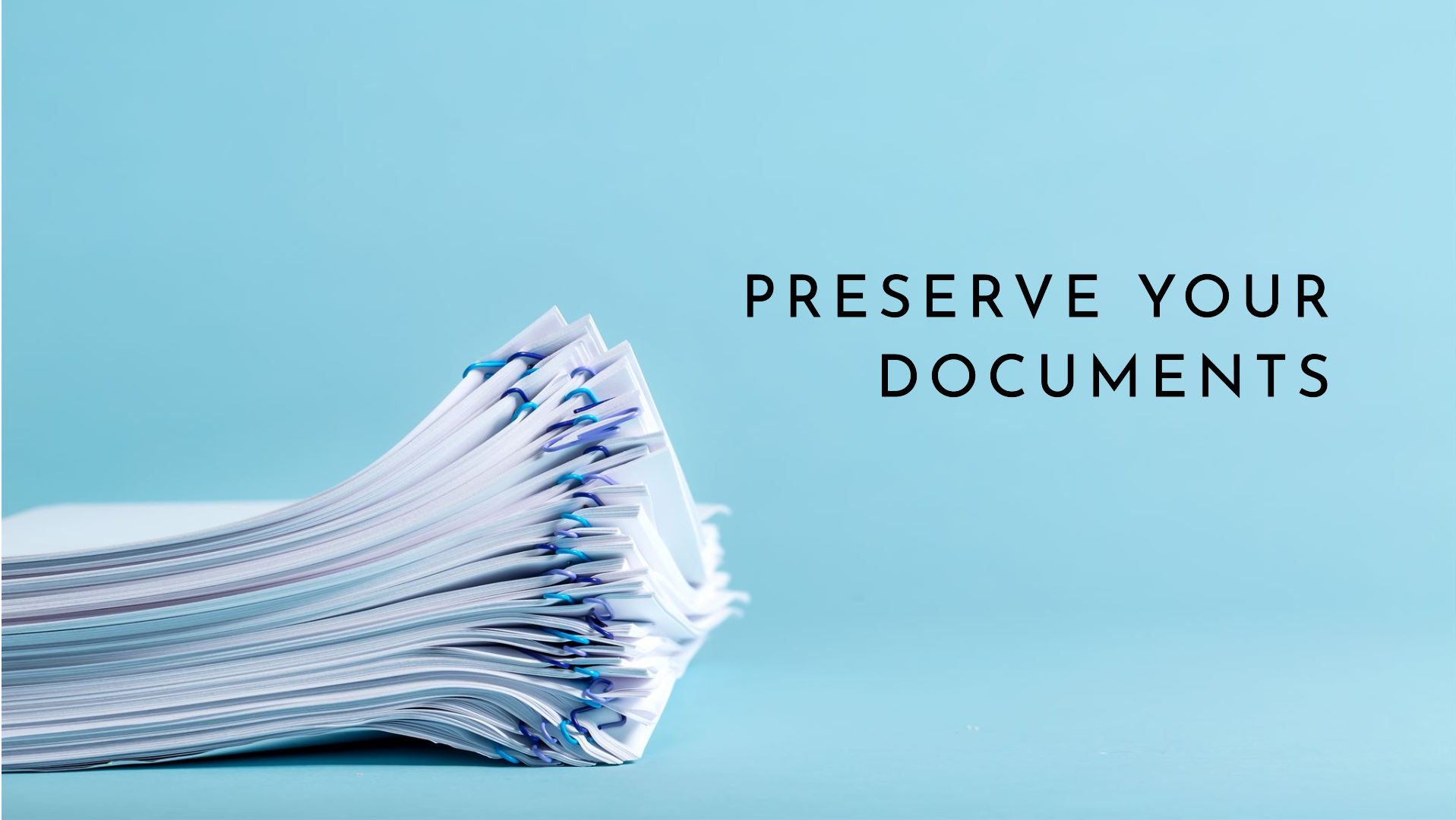In an era where digital data is generated at an unprecedented rate, ensuring long-term access to documents is more critical than ever. The advent of digital archiving has transformed the way organizations manage and preserve their vital records. Among the various formats available, PDF/A shines as an essential tool for secure and reliable document archiving. Here's why PDF/A conversion is indispensable for maintaining the accessibility and integrity of your documents over time.
What is PDF/A?
PDF/A is a version of the Portable Document Format (PDF) specifically designed for digital preservation. It stands for "PDF for Archiving" and is an ISO-standardized format dedicated to ensuring that documents remain self-contained and accessible in the future, regardless of the software used to create or view them. This format is characterized by its strict guidelines that prohibit dependencies on external content to ensure long-term readability.
Key Benefits of PDF/A for Long-term Preservation
1. Self-Containment:
PDF/A files are designed to be self-contained, meaning they include all information necessary to display the document in the same manner every time it is opened. This includes embedding fonts, color profiles, and images. By ensuring that the document can be rendered exactly as intended, future access and interpretation of the document remain consistent.
2. Platform Independence:
One of the main advantages of PDF/A is its universal compatibility, which allows documents to be accessed and displayed across various platforms and devices without the risk of formatting issues. This universality ensures that archived documents are immune to technological changes over time, such as software updates or platform obsolescence.
3. Prohibition of Certain Elements:
PDF/A restricts certain elements that are common in standard PDF files but detrimental to long-term preservation. This includes audio, video, and executable content, which can become incompatible over time. By excluding these elements, PDF/A keeps the focus on maintaining pure document integrity.
4. Metadata Preservation:
Metadata provides essential context about the document, such as its author, creation date, and modification history. PDF/A supports the embedding of metadata within the document, making it possible to track and manage archived documents effectively. This capability supports efficient document retrieval and management in the future.
5. Future-proof Security:
While document security is a concern with all file types, PDF/A ensures that security measures do not compromise long-term accessibility. It achieves this by using encryption in a way that does not interfere with the document’s accessibility—a critical factor for maintaining data integrity over time.
Implementing PDF/A in Your Archiving Strategy
To leverage the full benefits of PDF/A for document preservation, implementing a strategic approach is essential:
- Analyze Document Types: Determine which documents are vital for long-term storage to prioritize their conversion into PDF/A.
- Integrate PDF/A Conversion Tools: Utilize tools and software that specialize in converting documents to PDF/A format without loss of quality or information.
- Establish Archiving Standards: Set organizational policies for document creation and archiving, ensuring compliance with PDF/A standards across all departments.
- Regular Review and Updates: Continually assess the effectiveness of your archiving strategy and update it as necessary to accommodate technological advancements and organizational needs.
Conclusion
PDF/A serves as a cornerstone for archiving solutions, providing a reliable, accessible, and standardized method for preserving documents over the long term. By adopting PDF/A conversion as a staple of your archiving process, you ensure the durability and integrity of your digital records, safeguarding your organization’s history and vital information for future generations.
